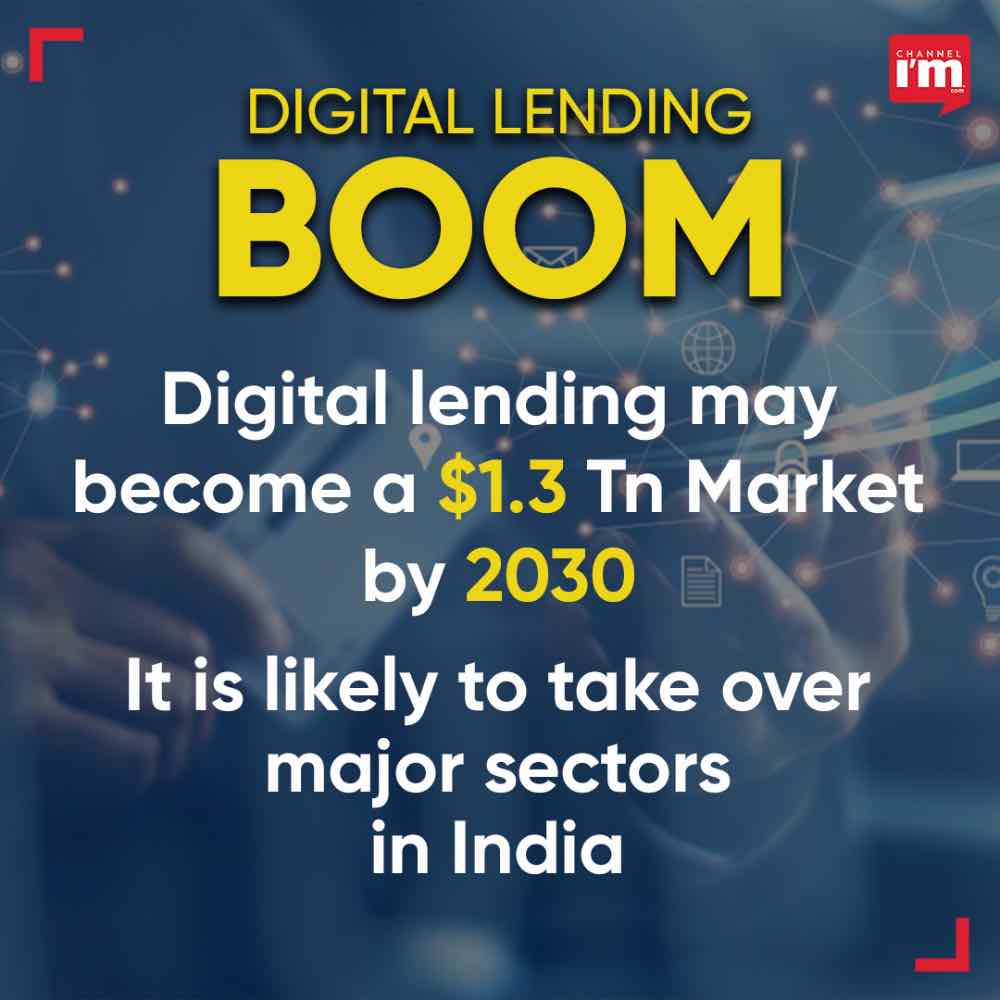
Digital lending is booming in India. By 2030, it is expected to become a $1.3 trillion market, says the report ‘State of Indian Fintech Ecosystem Q3 2022 InFocus: Neobanks.’ Between 2022 and 2023, the digital lending market is expected to grow from $270 billion in 2022 at a CAGR of 22 per cent, accounting for 60 per cent of the total Indian fintech market. Factors such as growing per capita income and greater internet penetration will encourage the growth.
Between 2014 and Q2 2022, digital lending startups raised $6.49 Bn in funding across 447 deals. In terms of fintech funding in Q2, 2022, the digital lending segment recorded the highest fund inflow. It secured $902 million from 28 deals. It is 50.6 per cent of the funding inflow in the fintech sector. Digital lending startups made half of the top 10 fintech funding deals in Q2 2022.
In fact, the coming decade will be favourable to the fintech segment. It is likely to take over major sectors such as enterprise-tech, ed-tech and consumer services in terms of achieving soonicorn status. Of the current 33 fintech soonicorns, 39 per cent hail from the digital lending segment. The segment also has two unicorns – Yubi and Oxyzo.
Moreover, the entire digital lending regulatory landscape is changing as the government is cleansing the fintech sector. In June, the RBI banned fintech companies without a banking licence from loading credit lines into their prepaid payment instruments (PPIs). Measures are in place to track fake digital lending apps that steal user data.
RBI has also issued guidelines for digital lending. The National Payments Corporation of India is working to connect credit cards with the real-time payment system. Linking UPI with credit cards might increase its usage in the country. So, it is an ideal time for digital lending apps.
